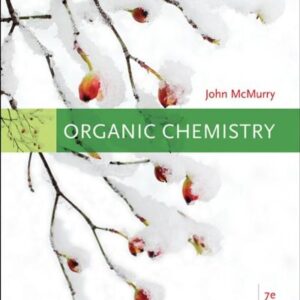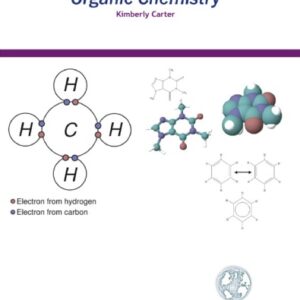Molecules are created by the covalent bonding of atoms. However, although a molecule is created from a multitude of atoms, it behaves as an individual entity. A vast number of moleculesof different sizes and structuresare known, ranging from the simplest hydrogen molecule to high-molecular-weight m- made polymers and sophisticated biological macromolecules such as proteins and DNA. Indeed, all living matter, natural minerals and arti?cial materials, however complex and numerous they are, are combinations of some of these tens of millions of molecules. We may therefore be tempted to believe that the structures and properties of these materials and compounds can be directly related to those of the individual molecules that comprise them in a straig- forward way. Unfortunately, this notion is not correct. However deeply we understand the nature of individual molecules, this knowledge is not enough to explain the structures and functions of materials and molecular assemblies that are derived as a result of organizing individual molecules. This is part- ularly true with biological molecular systems that are derived from the spatial and temporal organization of component molecules. In this book we delve into the ?eld of supramolecular chemistry, which deals with supermolecules. A supermolecule in this sense can be de?ned as a ?molecule beyond a molecule? ? a large and complex entity formed from other molecules.
Chemistry
[PDF] Supramolecular Chemistry ? Fundamentals and Applications: Advanced Textbook Katsuhiko Ariga, Toyoki Kunitake (auth.)
$19.99

![[PDF] Supramolecular Chemistry ? Fundamentals and Applications: Advanced Textbook Katsuhiko Ariga, Toyoki Kunitake (auth.)](https://pdfelite.com/wp-content/uploads/2024/04/9163afd92853bc99e1408ba042f11b3e-d.jpg)




Reviews
There are no reviews yet.